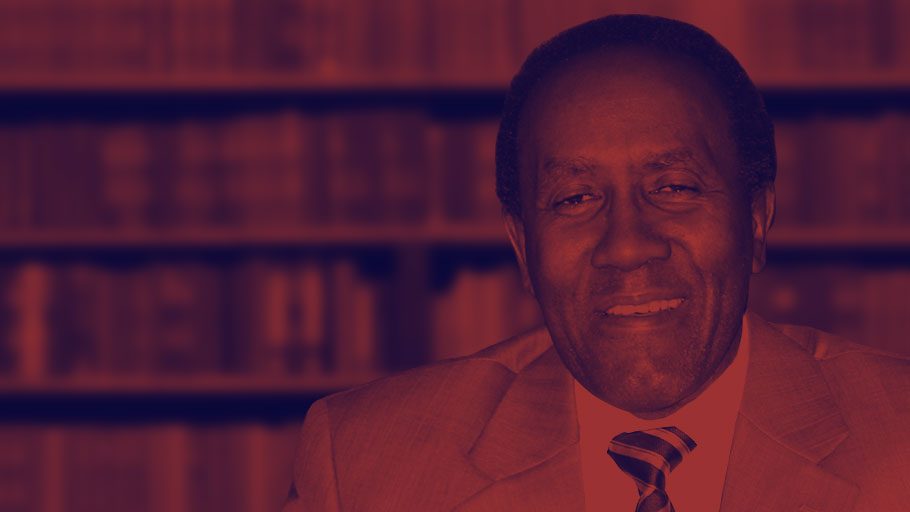Unsurprisingly, Mayor-elect Bill De Blasio appointed Bill Bratton as his Police Commissioner of New York City. Bratton succeeds Ray Kelly who served the out-going Mayor Michael Bloomberg for the three terms he was in office. Kelly served briefly as David Dinkins’ Police Commissioner when Lee Brown departed to seek his political fortunes in Houston.
We seem to be recycling Police Commissioners. Bratton initially served Rudy Giuliani when he was elected Mayor in 1993 but that relationship soured after a couple of years and Bill Bratton ended up as Chief at Los Angeles Police Department. This is Mr. Bratton’s second coming and he returns to a different city in comparison to when he was appointed in 1994. It is different in terms of demographics, in terms of the political temperature and certainly in levels of crime.
It is ironic that Bratton was initially appointed by a Mayor who rode the back of the white backlash movement and now he is about to serve the Mayor who has benefited from the change in demographics and is comfortable presiding over a multi-racial, multi-cultural city. In this regards, Michael Bloomberg is the transition figure who refrained from riding the white backlash movement yet demonstrated very little sensitivity to the racial democratization of power in the city. De Blasio presides over a multi-racial family and it will be interesting to see the extent of whether his appointments will reflect the new multi-racial age.
William Bratton will re-enter One Police Plaza, the puzzle Palace, with the distinction that the anti-crime fighting strategy that is in place, that has served New York City well in most parts, is indeed his creation. His side kick, Jack Maples, who was also involved in the architecture, is now deceased.
There is an interesting history surrounding Bratton as a crime fighter. There is a school of thought in criminology that argues that the police do not have a major impact on crime. What drove crime were socio-economic conditions. Bratton represented the alternative school of thought that was articulated by criminologists like George Kelling and James Q. Wilson who pontificated that “hard” policing or zero tolerance policing could drive down crime.
Long before Bratton entered One Police Plaza, quite a lot had taken place in the world of policing in New York City. The city had crashed in 1975 and the financial gatekeepers imposed austerity measures that forced the lay-off of sizeable numbers of police officers. All this occurred at a time when the de-industrialization revolution was in high gear in New York City, unemployment was exploding, families were disintegrating, the housing stock was falling into disrepair and drug markets were expanding. Obviously, crime exploded in all the boroughs and there was a Hobbesian quality about the ethos of the city.
The economy of the city recovered though transformed and that recovery enabled the Dinkins administration to add over 9,000 cops to the ranks of New York City Police Department. Dinkins’ Police Commissioner, Lee Brown, articulated the vision of community policing. That notion of community policing was thrown in the paddy wagon as the Giuliani-Bratton forces took over the reins of power. The new order was “hard” policing or zero tolerance policing.
Empirically, the Bratton era was more than “hard” policing. It took policing beyond reacting to 911 calls and cruising around in squad cars. The Bratton revolution brought a scientific approach to policing and social order. Computer statistics (Compstats) was introduced and Police Commanders were able to receive data about crimes being committed in their precincts on a quick turn- around basis. Precinct commanders had the responsibility to develop intervention strategies and to deploy resources to tackle the scourge of crime.
Drugs could not be sold on the streets or in apartments with impunity. Special squads went after criminals who had outstanding warrants. Hot spots were identified and flooded with police personnel alighting from the Police Academy. Strategies were developed to take guns off the streets and for the early years of the 1990s, the street crime unit was successful in apprehending a disproportionate amount of guns but the rapid expansion of that unit attracted too many “cowboys” and led to regrettable incidents.
The most controversial aspect of the new aggressive policing was the stop and frisk policy that became too draconian under Ray Kelly’s watch. This policy alienated members of the black community as over 90 percent of the people stopped mostly on false pretenses were law abiding citizens.
An essential part of Bratton’s mission in the De Blasio administration is to mend relations with aggrieved communities. When Bratton takes office in 2014, in many respects 2013 is a bonanza year for the NYPD and the citizens of New York City. In 1990, there were 2,262 homicides in New York City. In 2012, there were 417. This year for the first time since the decline there will be less homicides than in 1960 when there were 390. Compstat data as of November 25, 2013, there have been a total of 305 homicides committed to 385 for the same period in 2012.
The debate among criminologists is who or what is responsible for the precipitous decline not just in homicides but for the decline in major and minor categories of crime since the 1990s. This should not be a game of speculation. The De Blasio administration in conjunction with the City Council should set aside funds for establishing a Research Institute that can provide us with empirical data regarding the complex changes that have taken place in the City over the last twenty-three years and explain why New York City is the safest big city in America.















